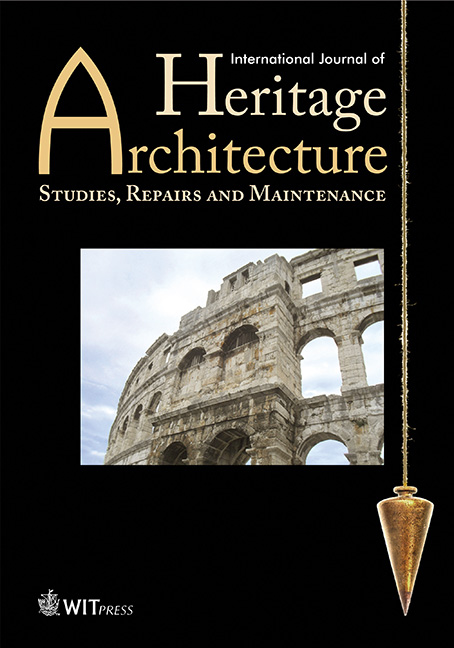Thresholds in the settings of medieval monuments: the case of the Portuguese romanesque route
Price
Free (open access)
Volume
Volume 1 (2017), Issue 4
Pages
10
Page Range
538 - 548
Paper DOI
10.2495/HA-V1-N4-538-548
Copyright
WIT Press
Author(s)
M. Malheiro
Abstract
The importance of the setting and the immediate surroundings of an architectural heritage site has become an increasingly valued concept; the need for its protection was the focus of a recent international charter. The progressive and predominant role of the setting is to establish the relationship between the architectural heritage site and local people and to integrate the monument into their lives. This paper presents examples of the changes and maintenance carried out to monument settings, in particular, where the thresholds of the settings are being considered as an extended concept of ‘place’. based on a study of monuments on the Portuguese romanesque route, comprising chapels, churches and mon- asteries, the purpose of this paper is to reflect on the importance of the monuments’ boundary settings, their evolution and permanence in the territory, and the significance of the monuments, especially for the people who live with them. This reflection also aims to draw attention to the need for considering this viewpoint in future interventions in the settings of medieval heritage sites.
Keywords
architectural heritage settings, Portuguese Romanesque Route, protection zones, regional and urban planning, threshold spaces.




